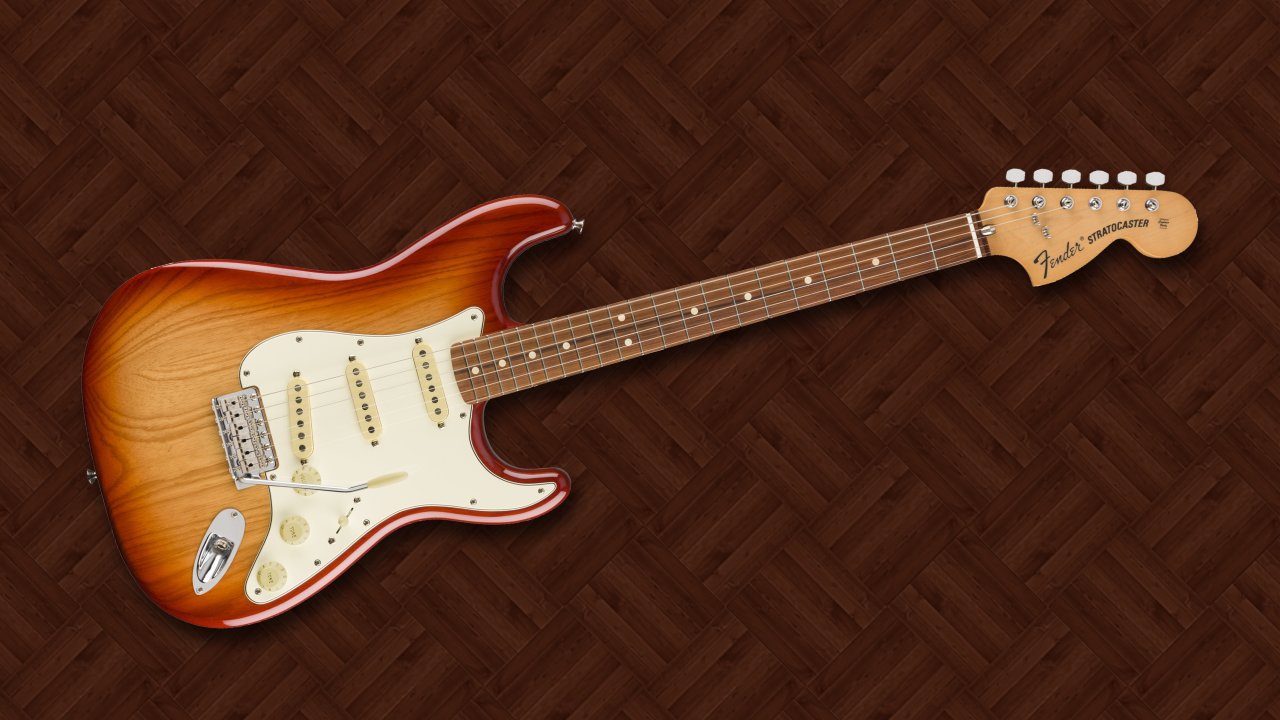10 great blues guitar chords to learn
Including John Mayer and Eric Clapton-style progressions

Every blues jam needs a chord progression and these 10 shapes are guaranteed to give you a bona fide blues guitar sound.
To get you started we’re looking at some chords in the guitar-friendly key of A. You’ve probably heard of a I-IV-V (one-four-five) progression - it’s a common blues chord sequence and its name tells you that the chords are built on the first, fourth and fifth notes of the major scale. So, in the key of A (A B C# D E F# G#), the chords are A, D and E. Either jam on these three major chords or use 6ths, 9ths and dominant 7ths for an authentic blues vibe.
We’ve used open-string root notes, but if you shift the root notes to fretted versions (at the 5th fret of the fifth and sixth strings) these can be moved to any key you like. John Mayer uses these types of chords in songs like I Got A Woman and Eric Clapton uses them in Ten Long Years.
The chords
Click icon in the top right to open the chords in full screen view

Listen out for the different sounds of each chord type. The 7th and 9th chords sound tense and edgy; the 6th chords are softer, well suited to ballads and gentler parts.
Mayer-esque chords
Click the top right box in the tab to enlarge

The 6th and 9th chords here are based on the same shape, just two frets higher for the latter. We’re using a fingerstyle approach much like John Mayer does – this allows you to pick out a bass note separately from the main body of the chord, so why not try jamming a solo without the backing track?
Get the MusicRadar Newsletter
Want all the hottest music and gear news, reviews, deals, features and more, direct to your inbox? Sign up here.
Clapton-style turnaround
Click the top right box in the tab to enlarge

This example continues the John Mayer idea and adds in a simple Eric Clapton-style turnaround section. This turnaround can be used to set up for a repeat of the 12-bar blues progression or used as an ending, just as we’ve done here.
5 guitar tricks you can learn from John Mayer
MusicRadar is the number one website for music-makers of all kinds, be they guitarists, drummers, keyboard players, DJs or producers...
- GEAR: We help musicians find the best gear with top-ranking gear round-ups and high-quality, authoritative reviews by a wide team of highly experienced experts.
- TIPS: We also provide tuition, from bite-sized tips to advanced work-outs and guidance from recognised musicians and stars.
- STARS: We talk to musicians and stars about their creative processes, and the nuts and bolts of their gear and technique. We give fans an insight into the craft of music-making that no other music website can.











